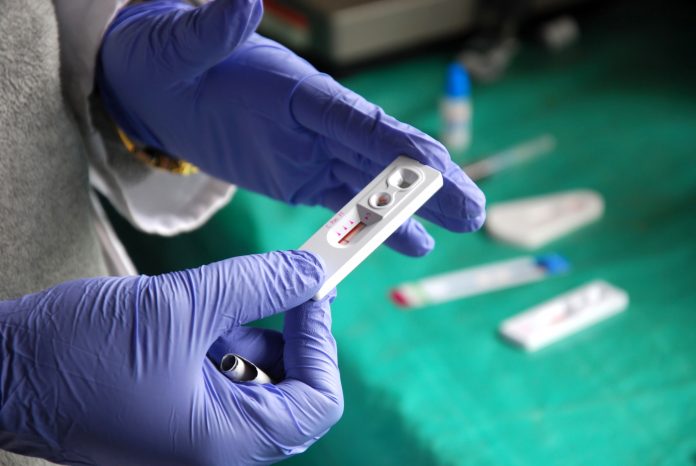A new study focuses on HIV data in sub-Saharan Africa, analysing the number of people living with HIV in 47 countries, the population distribution, and the locations of healthcare facilities
Across sub-Saharan Africa, over 2.7 million people are living with HIV. Of which, over 7 million people live more than 10 minutes from health care services, and 1.5 million people with HIV live more than an hour from any available healthcare facility.
HIV/AIDS is an epidemic that is the leading cause of death in sub-Saharan Africa. Transmitted mostly through sexual contact or the sharing of drug injection equipment, HIV lives in the blood and in some body fluids.
According to USaid, cultural and social norms may have played a role in the distribution of HIV/AIDs across Africa. For example, in countries with conservative Islamic traditions and a large proportion of Muslims in the population, sexual networking may be more restricted than in other countries.
The study, published in the open-access journal PLOS Global Public Health, focuses on global targets for HIV treatment rates, removal of geographic barriers and improvement of access to health services are vital.
Lead researcher Diego Cuadros of the University of Cincinnati and other colleagues were able to map out, for every 5-kilometer square, how far HIV patients live from access to care, using either motorized transportation or walking only.
Efforts to increase the proportion of individuals diagnosed with HIV who receive anti-retroviral therapy (ART) between a quarter and a half of all people with HIV in Africa depending on the region are still ongoing.
Many people living in sub-Saharan Africa were still not able to receive ART in 2019.
“HIV is a chronic disease, so continuous access to health services for treatment is vital”
In the new study, researchers analyzed data on the number of people living with HIV in 47 African countries, the population distribution within these countries, and the locations of healthcare facilities available to give HIV treatment.
The map used revealed that 90.5% of the total land area analysed was over 10 minutes from the nearest healthcare facility, with 7 million people with HIV – which is 35% of HIV patients– living in this area.
Around 74.6% of the land area was more than 30 minutes from healthcare, which contained around 3 million people with HIV, or 15.6% of patients, and 58.9% of the land area was over one hour away, containing 1.5 million people with HIV, 7.6%.
HIV data is wide-ranging depending on the country. While only 1.6% of areas in Swaziland are located an hour from healthcare facilities, this differs to Sudan and Mauritania, for instance, where more than 90% of areas are within reach of healthcare facilities.
Results were also different when walking time, rather than motorized transport time, was considered, as 33.0% of people living with HIV (or 6.6 million people) lived more than an hour walk from the nearest healthcare facility.
“To generate high-resolution maps of areas where people cannot access the closest healthcare facilities within appropriate travel time”
The authors conclude that the map-assisted findings can help development of cost-effective policies for HIV interventions aimed at underserved areas.
In areas where people are far from healthcare facilities, alternatives to improve accessibility are suggested to be implemented, such as differentiated service delivery or mobile outreach for HIV services.
The authors stated: “Unequal access to healthcare facilities and structural inequality are just some of the systemic hurdles many communities face. This issue is deeper in regions suffering a generalised HIV epidemic like Africa, where more than 1.5 million people living with HIV are located in underserved rural communities”








